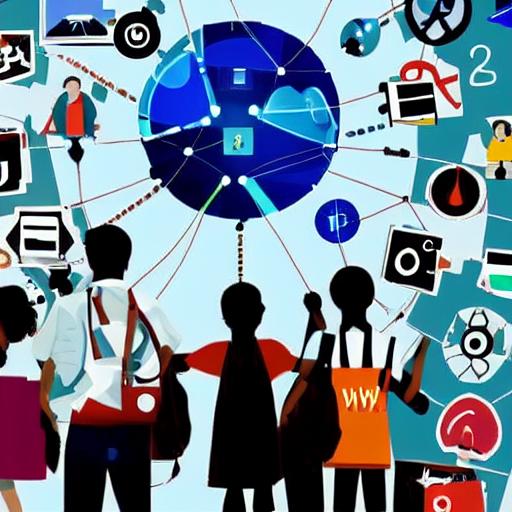Universities and schools are in a panic over cheating and artificial intelligence (AI). However, the challenges posed by AI to educational equity are even more serious.
Fears of cheating are frequently fueled by worries about justice. How is it fair that one student works on an essay for weeks while another asks ChatGPT to do it in a matter of hours? Maintaining the perception of New Zealand as an equal nation requires worrying about giving each student a “fair go.”
But just like the fiction of the “American dream,” New Zealand’s egalitarian story hides more virulent injustices like systemic racism and the housing crisis, both of which have a disproportionately large and unjust impact on today’s students.
The risk of AI cheating pales in comparison to these ongoing injustices. Teachers would be well to prepare for AI’s other injustices, all of which are illustrated in OpenAI’s most recent large language model (LLM): GPT-4, rather than spending too much time worrying about cheating.
GPT-4 is here, but at a cost
GPT-4, which has more parameters and improved guardrails than ChatGPT, is hailed as being safer and more precise than its forerunners. There’s a catch, though. GPT-4 has a $20 monthly price.
That price won’t mean much to everyone. However, it can be a deal breaker for individuals whose finances have been severely restricted by soaring prices. If you have the money, AI technology has the capacity to democratize society.
Students and educational institutions are split in two by this digital divide. Those who have sufficient resources to profit from AI tools. Those without the same level of financial adaptability fall behind.
Although it might not seem like much now, the expense of AI tools could cause this digital divide to grow significantly. Teachers who have long been concerned about how children are treated unfairly due to unequal access to learning tools should be alarmed by this.
Indigenous languages and data are at risk from AI
AI tools also maintain English’s hegemonic position in the world at the expense of other languages, particularly oral and indigenous languages.
Indigenous languages, however, are only a “problem” for AI tools because big language models learn from online data sets that are heavily dominated by English and have little to no Indigenous content.
English-language material predominates online for a reason. Because of centuries of British colonialism and American cultural imperialism, English is the dominant language on the internet and is also the language of global capitalism, education, and discourse. This doesn’t mean that other languages are inferior to English; rather, it means that their content doesn’t bring in as much money as English-language content does.
However, Mori speakers are understandably apprehensive of attempts to commercialize their language. Indigenous people are too frequently left out of the economic benefits of commercialising their expertise. Indigenous data sovereignty is the belief that Indigenous groups must keep control over their own information as a result.
These billion-dollar digital corporations might derive revenue from these so-called edge cases without Indigenous data sovereignty and then decide to cease investing in them later.
These dangers are significant for schools since Microsoft Office, search engines, and other learning platforms will soon include AI features.
A ban on AI in education also leads to injustices
Although banning AI in education seems alluring—some institutions, academic publications, and even some nations have already done so—this just adds to already present inequalities. Communication with AI technologies can be advantageous for those with limitations. But just like earlier laptop bans, AI prohibitions prevent kids with impairments from using critical educational technologies.
Students who speak multiple languages and may have difficulty writing in English may suffer if AI is outlawed. AI programs can assist multilingual students in learning crucial English language grammar rules, writing tenses, genres, and structures—all of which are social mobility-enhancing abilities. But if AI is prohibited, these multilingual students suffer.
The best course of action for educators would be to adapt their curricula, pedagogies, and evaluations to the AI tools that will soon become commonplace rather than outright prohibiting AI. But because such adjustments require more time and resources, both university professors and school teachers have recently gone on strike. Institutions of higher learning must be prepared to invest in both the tools of artificial intelligence (AI) and the teachers who will help students use them critically.








